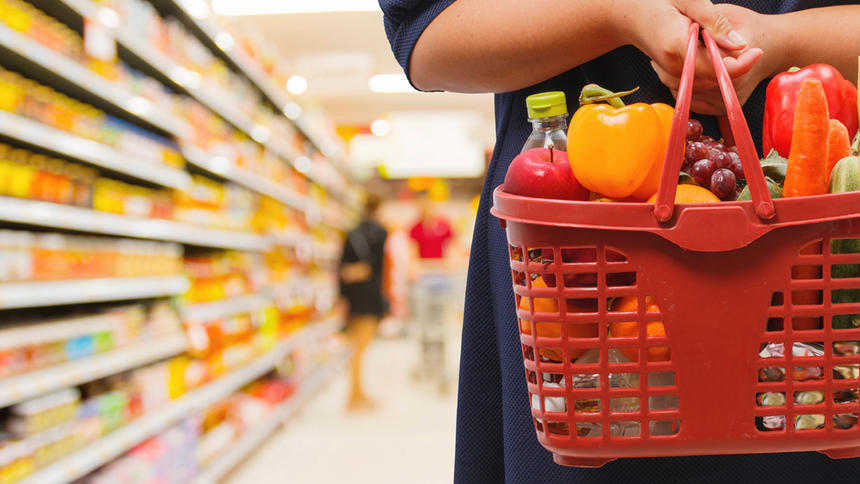|
The cost of food will increase by up to five per cent in 2017, according to a new report.
Also read, Agriculture's future bright, assuming continued productivity growth, low Canadian dollar. That means an average Canadian family of four will spend around $420 more on food in the coming year. Canada’s Food Price Report 2017, released Monday by Dalhousie University, says prices are “expected to rise above the acceptable inflation rate.” The prices will rise across the board, but some items will see a higher increase than others. Some of our staples, like meats, vegetables and seafood will have the greatest hike: up to six per cent. Bakery foods, cereals, dairy and eggs are expected to remain within a normal inflation range: between zero to two per cent. Fruits and nuts will see a moderate increase of three to five per cent and restaurants are expected to charge around two to four per cent more. It’s a significant enough jump that many families may be in trouble, Sylvain Charlebois, the report’s lead author told Global News. To see a full list of food price increases, HERE. Food prices across the country The highest increases will be seen in Ontario and British Columbia, according to the report. These two provinces are expected to have a higher inflation rate, according to Charlebois, and grocers will also be taking advantage of a less competitive market. In comparison, Nova Scotia, Prince Edward Island, Saskatchewan and the Northwest Territories will see the average increase, and the rest of the provinces will see a lower than average increase. Why are food prices going up? There’s a few reasons to account for the increase. While you might expect inflation to be a huge driver for prices, the report says the effect it has is minimal. Rather, the report suggests climate and trade policies are the main factors that bring up the cost of groceries. First, Donald Trump’s presidency will have a major effect on Canadian food prices, Charlebois explained, due to his views on illegal workers (two million of whom work in the agriculture industry) and a U.S. protectionist view on farming and trade policies. Secondly, the Canadian dollar is expected to fall, which will “decrease the buying power of many of our importers,” Charlebois explained. That means we might see another incident like this past year’s skyrocketing price of the cauliflower. The report also said the implementation of a carbon tax will have a “distortive effect” on the prices of food over the next few years, because some food sectors are dependent on fossil fuels. Just a prediction? It’s the seventh year the report was released. And its predictions were accurate for five out of the six years. “The one time we weren’t accurate, we actually underestimated food inflation that year,” Charlebois explained. “In fact, our model that we developed here at Dalhousie was suggesting much higher increases of anywhere between four to six per cent and we thought it was a bit too much so we’re going ahead with the three to five per cent threshold.” SOURCE Rebecca Joseph, Global News
0 Comments
Leave a Reply. |
Advertisement
News & Updates
Stay informed with the latest news around foodservice, agriculture and other related food news. Advertisement Opportunities
|


 RSS Feed
RSS Feed


